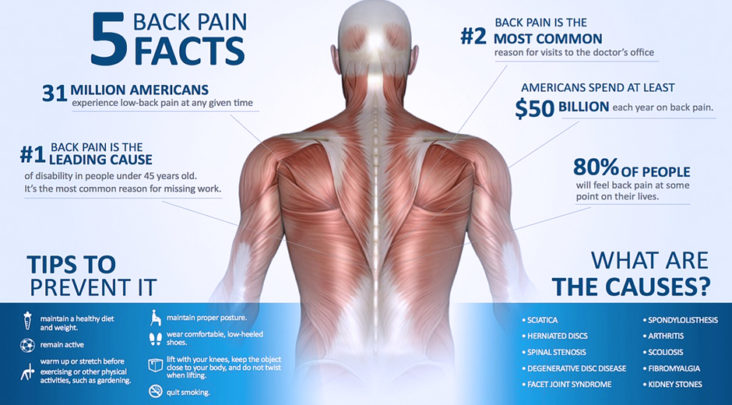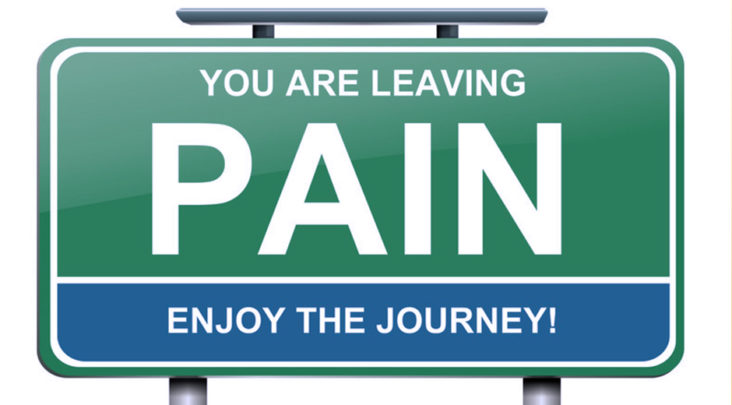Depression is by far the most common emotion associated with chronic back pain. The type of depression that often accompanies chronic pain is referred to as major depression or clinical depression. This type of depression goes beyond what would be considered normal sadness or feeling “down for a few days”.
Chronic pain and depression are two of the most common health problems that health professionals encounter, yet only a handful of studies have investigated the relationship between these conditions in the general population.
Major depression is thought to be four times greater in people with chronic back pain than in the general population.
The symptoms of a major depression occur daily for at least two weeks and include at least 5 of the following:
- A predominant mood that is depressed, sad, blue, hopeless, low, or irritable, which may include periodic crying spells
- Poor appetite or significant weight loss or increased appetite or weight gain
- Sleep problem of either too much (hypersomnia) or too little (hyposomnia) sleep
- Feeling agitated (restless) or sluggish (low energy or fatigue)
- Loss of interest or pleasure in usual activities
- Decreased sex drive
- Feeling of worthlessness and/or guilt
- Problems with concentration or memory
- Thoughts of death, suicide, or wishing to be dead
Major depression is thought to be four times greater in people with chronic back pain than in the general population. In research studies on depression in chronic low back pain patients seeking treatment at pain clinics, prevalence rates are even higher. 32 to 82 percent of patients show some type of depression or depressive problem, with an average of 62 percent.
In a recent study it was found that the rate of major depression increased in a linear fashion with greater pain severity. It was also found that the combination of chronic back pain and depression was associated with greater disability than either depression or chronic back pain alone.


